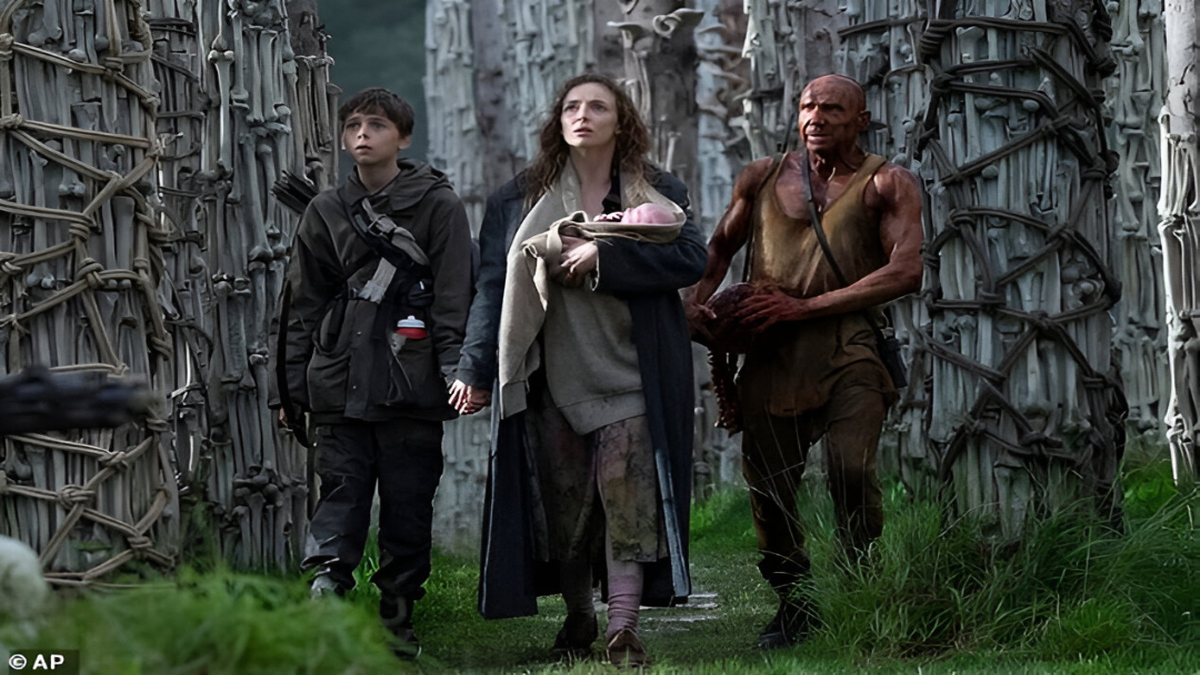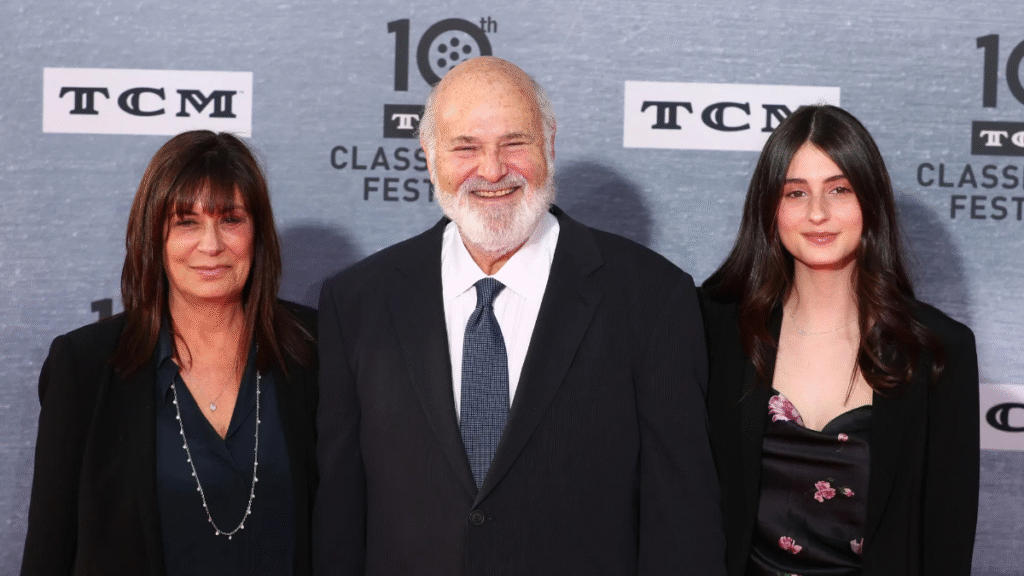Now Reading: Danny Boyle Reveals “Nightmare” Filming Experience for ’28 Years Later’ Due to Unexpected Nudity Rule
-
01
Danny Boyle Reveals “Nightmare” Filming Experience for ’28 Years Later’ Due to Unexpected Nudity Rule
Danny Boyle Reveals “Nightmare” Filming Experience for ’28 Years Later’ Due to Unexpected Nudity Rule

Renowned director Danny Boyle, known for his gritty and impactful filmmaking, recently opened up about the unexpected challenges faced during the production of his latest horror installment, 28 Years Later. The filmmaker described the experience as a “nightmare,” primarily due to a specific on-set rule concerning nudity that emerged surprisingly late in the pre-production process.
28 Years Later is the highly anticipated third film in the successful zombie franchise, following the critically acclaimed 28 Days Later and 28 Weeks Later. Set nearly three decades after the initial Rage virus outbreak, Boyle envisioned a world where the long-infected would have lost their clothing due to the prolonged effects of the virus and their aggressive behavior. “If you’re recently infected, you’d have some clothes, but if you’ve been infected for a long time, the clothes would just disintegrate with the way that you behave,” Boyle explained, emphasizing his desire for a realistic portrayal of the post-apocalyptic landscape.
However, this creative vision clashed significantly with child protection laws. A crucial role in the film is played by 14-year-old actor Alfie Williams, who portrays the son of Aaron Taylor-Johnson’s character. Due to regulations safeguarding child performers, it was strictly prohibited to have fully naked individuals on set, even if they were merely portraying infected characters.
Boyle admitted that this rule came as a complete shock. “We never knew that going in, it was a nightmare,” he stated at the film’s London premiere. This meant that the production team had to find an innovative workaround to maintain the intended visual authenticity without violating the law. The solution? Extensive use of prosthetics. “Interestingly, because there was a 12-year-old boy on set, you’re not allowed for anybody to be naked, not really naked, so they look naked, but it’s all prosthetics,” Boyle elaborated, revealing that even prosthetic genitals had to be created for the actors playing the long-infected.
This unforeseen hurdle added a significant layer of complexity and logistical challenges to the filmmaking process. While Boyle is known for his adaptable and inventive approach to filmmaking – including recently revealing that certain action sequences in 28 Years Later were shot using an array of 20 iPhones to achieve a unique, visceral aesthetic – the strict nudity regulations presented a different kind of creative constraint.
Despite these “nightmare” moments, Boyle maintained his artistic integrity, pushing the boundaries of horror to deliver a film that is both brutal and beautiful. He highlighted the contrast between the gore and the innocence represented by the children in the film, as well as the stunning natural landscapes, asserting that this juxtaposition was central to his vision.
28 Years Later, which hit theatres on June 20, is not only a continuation of a beloved franchise but also a testament to the unforeseen hurdles that can arise in filmmaking and the creative solutions demanded by them. The film, also produced by Boyle, is slated to be followed by a fourth installment, 28 Years Later: The Bone Temple, directed by Nia DaCosta, expected in January 2026.










